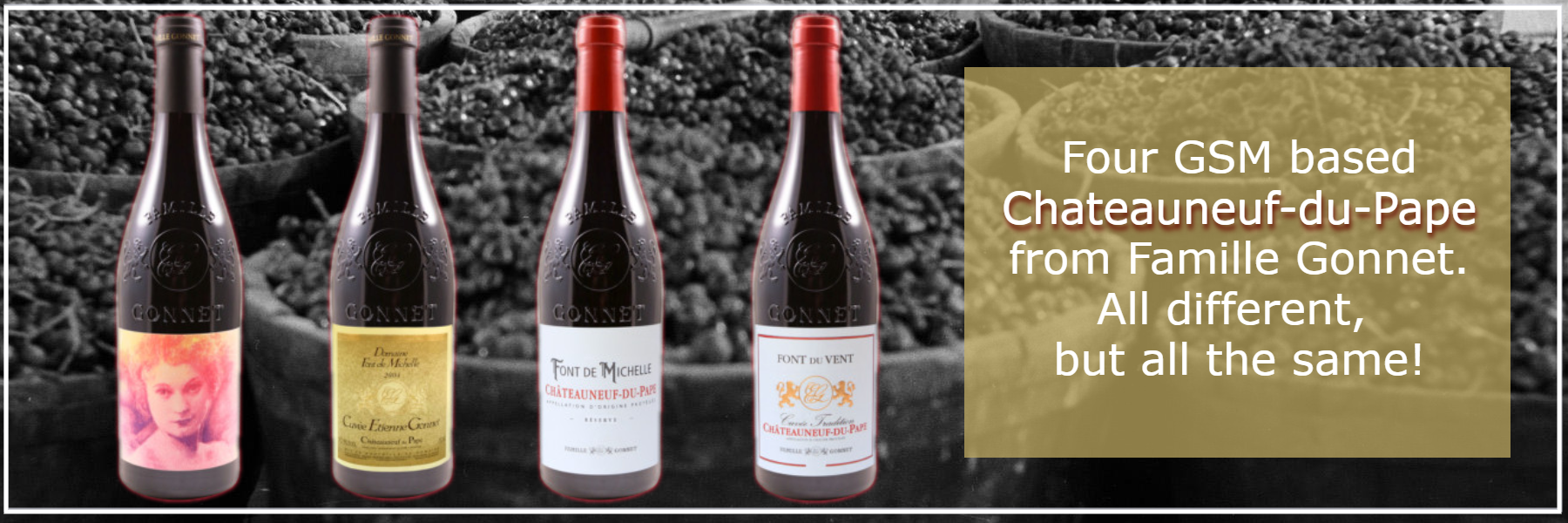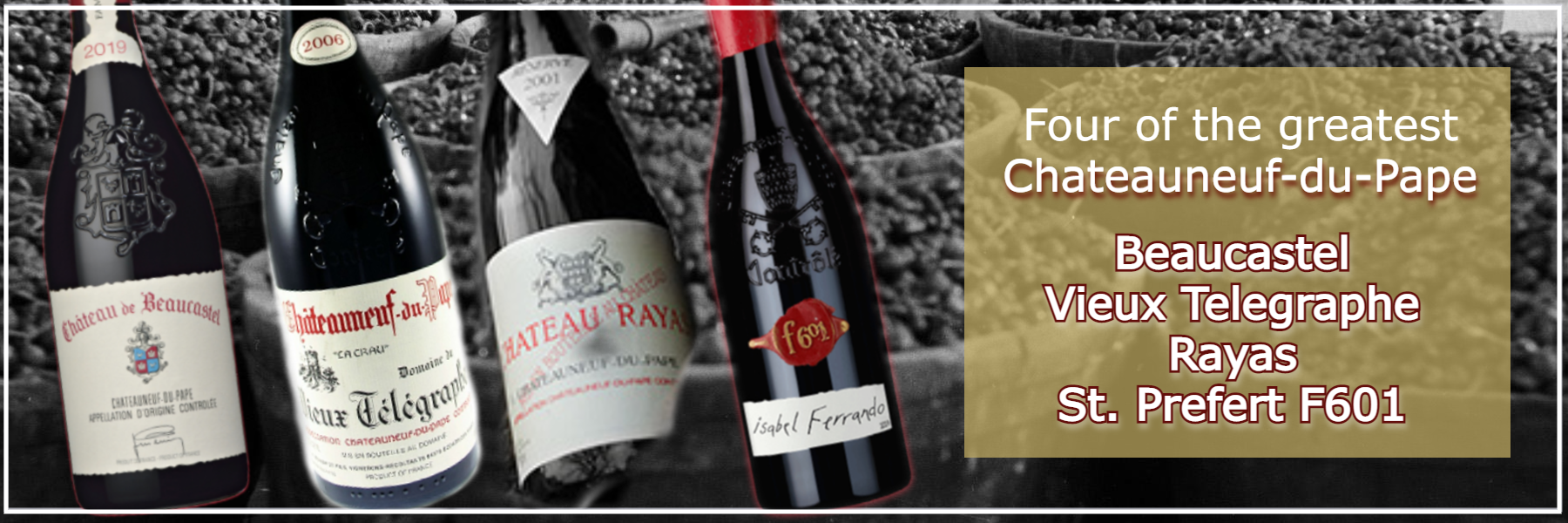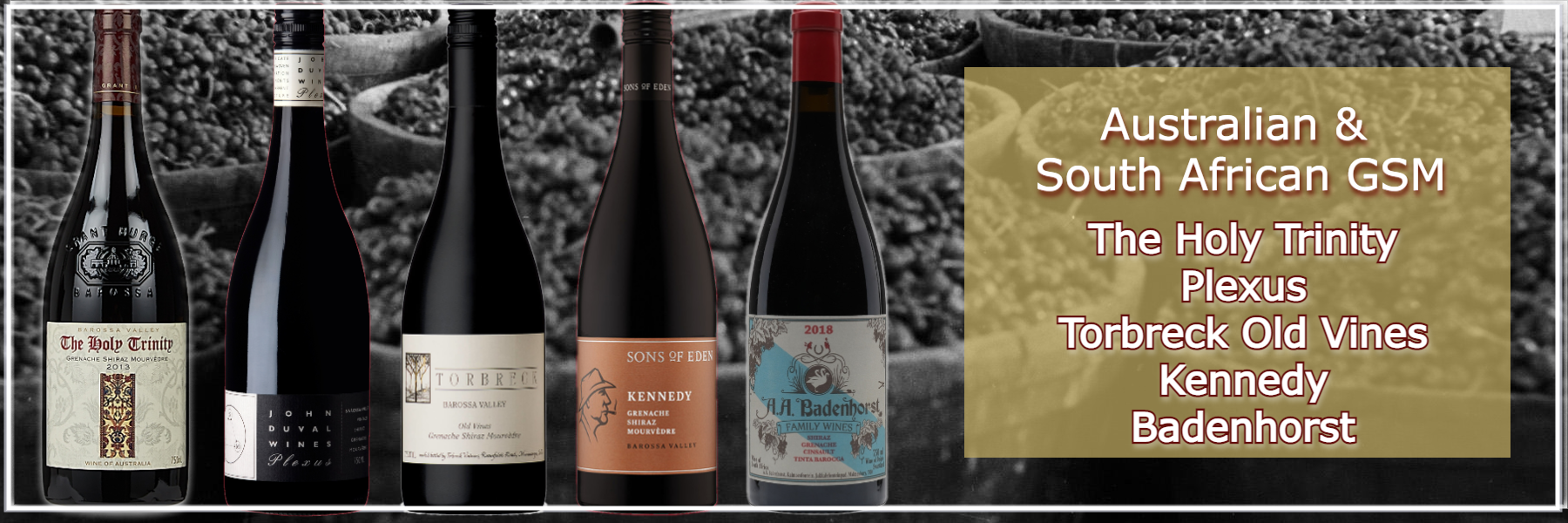Can you picture the small boy holding out his empty bowl and asking for more? Why would he do that? Did he like what was in the bowl so much that a second helping was needed?
I know, it was only a film, and that’s twisting the plot a bit. Imagine he was older and the bowl was actually a wine glass. What if a choice of wines were available? Why go for the same thing when something different could be tasted on refilling the glass?
Some people like to feel “safe” with their choice of wine. If you find just one which fulfils your needs completely, why “risk” trying another?
Some, like me, are always looking for the latest expression of the art of Bacchus. A new grape offering exciting flavours, an up-and-coming producer releasing their first ever vintage onto the market, or even discovering wine from a country which has never exported to the UK, will always be my personal choice before slavishly returning to open a repeat bottle, however enjoyable it was.
Luckily, there’s room for both type of wine lover.
I have no problem with anyone bulk buying, or repeat ordering the same wine. If you like it that much, keep on drinking!
However, I do like the idea of trying wines of a similar style and character. Even if you only have two wines to compare, you’re going to have a favourite. When you reach six, or twelve, the competition gets harder, but there could still be an outstanding bottle which isn’t necessarily your previous favourite. It could be so good that you turn into the “other” type of wine drinker!
GSM wines are ones that work really well as a tasting line-up. Let’s break that down.
To start, there are three grape varieties, Grenache, Syrah and Mourvedre with varying proportions being used. Some appellations/regions require Grenache to be the largest component in the blend, but a huge number of possibilities exist that will potentially change the flavour. Each grape gives a different profile to the wine and many, simply labelled with one variety, can actually contain several more. You don’t always know exactly what you’re drinking!

A single winemaker might have different vineyard bottlings, using the same blend of grapes, and they all taste different. Why? It could come down to winemaking processes, or the soil make up of each vineyard. Possibly, one vineyard is organic and the others are not. The chemicals used don’t actually directly end up being added to the wine, but there is an effect from using them which changes the wine’s taste. Sulphur dioxide (antioxidant) usage might have an effect on the apparent freshness of the various wines which is noticeable to the taster. Would you want to drink a “flat” tasting wine, or a fresh and fruity one? It might influence your appreciation of a given bottle.
Introducing further winemakers from the same region, you’ll get even more variation of style. Some might have “old vines” giving lower yields resulting in more concentrated wines. Some might use a different type of barrel for ageing, or none at all. This is getting complicated, but you can easily see how wines, which appear to be the same, end up being wildly varied in their taste.

Four of the greatest Chateauneuf-du-Pape (just a personal selection), high scoring with the critics, are shown above but, considering their prowess, they’re all very different to each other. Geographically, they’re located right across the Appellation; the soils are different; the grape varieties are varied, with some being 100% single grape (so not really a true GSM), but all can be labelled Chateauneuf-du-Pape!
Beaucastel: located in Courthezon (north-east) with “Galets Roules” stones and an unusually high proportion of Mourvedre in the blend (30%) equal to the Grenache.
Vieux Telegraphe: located near Bedarrides, on the famous La Crau plateau (south-east) with a typical blend containing a majority of Grenache.
Chateau Rayas: centrally located in the Appellation with, unusually, sandy soil without the stones, and 100% Grenache.
St. Prefert – Isabel Ferrando: located to the south of the town of Chateauneuf itself, Cuvee F601 has a tiny production of 800 bottles and is 100% Cinsault. It’s a bit of a ringer in this selection due to the atypical grape makeup, if you ask me. Fully legal, but not what you would expect. A spectacular wine if you can find one. It’s very expensive (£500), but a third of the price of Rayas!
Introducing wines from the Cotes du Rhone, you could have a pure Syrah (from the northern Rhone), but you’re more likely to have “mini-me” wines that replicate the Chateauneuf styling, but at a much lower price. Hopefully, you’ll find one that beats the quality of the higher priced wines from Chateauneuf-du-Pape. It can be done. Buy, drink, repeat… you get the idea.

Finally, if you decide to go for a “Non-French” option, such as Australia, or South Africa, the character changes once more.
Badly made, they can taste “hot” due to the Grenache’s naturally high alcohol level “burning” your throat. Buyer beware!
But, when you’re looking at classy, Barossa wines such as Penfolds Bin 138, Grant Burge “The Holy Trinity”, John Duval’s “Plexus”, Torbreck “Old Vines” GSM, or my favourite, Sons of Eden “Kennedy”, you get a superb, concentrated sweetness of fruit with an ethereal balance. Wonderful stuff, and mostly under £30 a bottle.
From South Africa, the region to look out for is Swartland. One hundred year old bush-vine Grenache can be found here which, from producers such as A.A. Badenhorst, really make an impression. Also, a new, biodynamic “Qvevri” GSM wine from Avondale in Paarl brings another point of interest when comparing how wines are made. Most use oak barrels, but you can also employ huge clay containers that let the wine breathe during fermentation. Commonplace in Georgia!
You could try a blind tasting from all of these countries to really mix it up and discover your new favourite.
So, now that I’ve convinced you to try all things GSM, how can I afford a bottle of Rayas this month, or even this year? Heat, eat, or drink great wine? A difficult decision, but one that has to be made.
Perhaps I should hold out my own bowl and ask, “Please Sir, have you Got Some More?”

